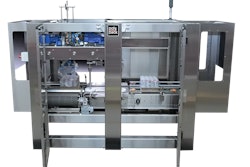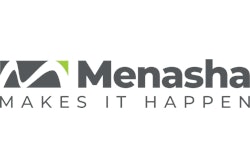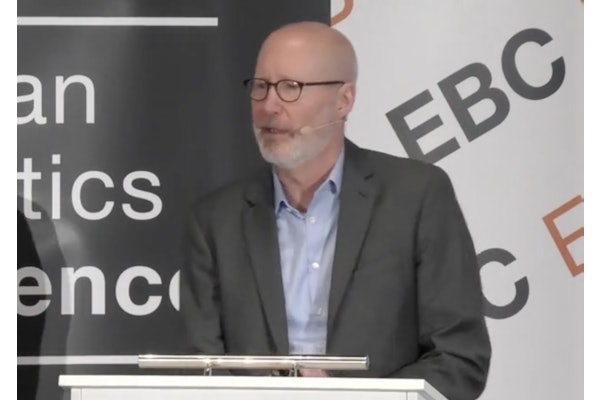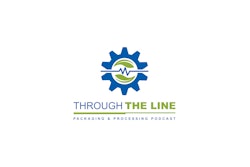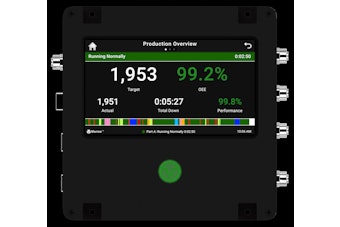2025 has been a cautious year. Following the political uncertainty of the 2024 U.S. elections, we shifted almost immediately into tariff discussions, which many have blamed for the economic slowdown, but actual tariff hikes—particularly on Chinese imports, now up to 30%—have been less severe than feared.
Meanwhile, the fear surrounding tariff talk caused a shrinking economy to emerge. Many OEMs and materials suppliers reported slow sales in 2025, at least compared to expectations from the end of Q3 in 2024. Friends in packaging-related and contract manufacturing/contract packaging businesses have shared frustrations about how clients and potential customers are not committing to business opportunities or projects.
Perhaps most notably, friends who offer products and services to improve businesses and operations—like foundational ERP systems or packaging automation projects—are reflecting this same tone.
Remember 2020?
As I consider this slowdown in 2025, I can’t help but think back to 2020 through 2022 and who succeeded—and who didn’t—throughout the COVID-19 pandemic. I remember the opportunities that some companies seized and others simply lost.
My question to you is: what are you waiting for?
Let me back up a bit. Companies that thrived during and after COVID shared several key characteristics that enabled them to adapt, remain resilient, and capitalize on new opportunities, such as:
● Rapid shift to digital platforms
● Investment in automation and AI
● Flexible business models
● Supply chain resilience
● Innovation under pressure
● Enhanced communication
● Upskilling and reskilling
Nowhere on the list do we find phrases like “sat tight until,” “held up on projects until,” or “waited to see.”
Could it be that so many have forgotten that two key things defined winners during the pandemic?
First, essential industries succeeded—sometimes wildly. Much of their success came from the permission to reduce SKU complexity and focus on volume by running the most popular products in their portfolios. Financial success was amplified by the opportunities these popular products presented because those were the processes where sound investments had been previously justified.
The other successful group could be categorized by several keywords on the list, including “rapid shift,” “investment,” and “upskilling.”
Fast forward to 2025
So what’s that got to do with today?
If COVID provided companies with opportunities to improve their businesses through foundational improvements like investment, or gave them opportunities to learn new ways of doing business, then why wouldn’t the current slower climate also provide that opportunity?
Why wouldn’t a conscientious business leader be deciding where they can invest in automation, something they’ve never had time for before? Why wouldn’t a business that has operated with a piecemeal or outdated ERP system be trying to use this slower time to correct that issue?
To be fair, some of you would say, “But, Robby, you don’t understand! We’re owned by private equity, and all they care about is cash flow!” Or, “We struggle to make ends meet during high-volume times. How are we going to justify spending on things like you’re talking about?”
Identify the opportunities now
Let me offer a different perspective. What if you could identify opportunities that would not only make things better now but would help improve KPIs when demand volumes increase in the future?
The same people tracking the current downturn are predicting we may not be through the worst of it yet. Some in my network have even suggested we’ll likely dip into the dreaded ”R” word—recession! But they also told me it will likely be one of the shortest recessions and fastest recoveries we’ve ever seen.
My heart grows heavy thinking of how many operations are foregoing this golden opportunity to prepare for the future by improving foundational and fundamental business processes.
Please read the headline of this column again and give it some thought.
Robby Martin is owner and founder of 3-Fold Consulting.




